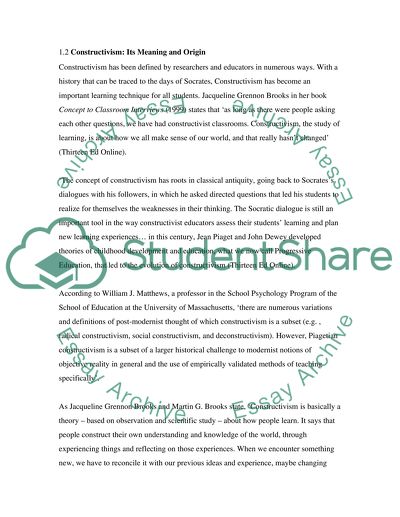Cite this document
(“Constructivism in the Classroom Essay Example | Topics and Well Written Essays - 1750 words”, n.d.)
Retrieved from https://studentshare.org/education/1511603-constructivism-in-the-classroom
Retrieved from https://studentshare.org/education/1511603-constructivism-in-the-classroom
(Constructivism in the Classroom Essay Example | Topics and Well Written Essays - 1750 Words)
https://studentshare.org/education/1511603-constructivism-in-the-classroom.
https://studentshare.org/education/1511603-constructivism-in-the-classroom.
“Constructivism in the Classroom Essay Example | Topics and Well Written Essays - 1750 Words”, n.d. https://studentshare.org/education/1511603-constructivism-in-the-classroom.


